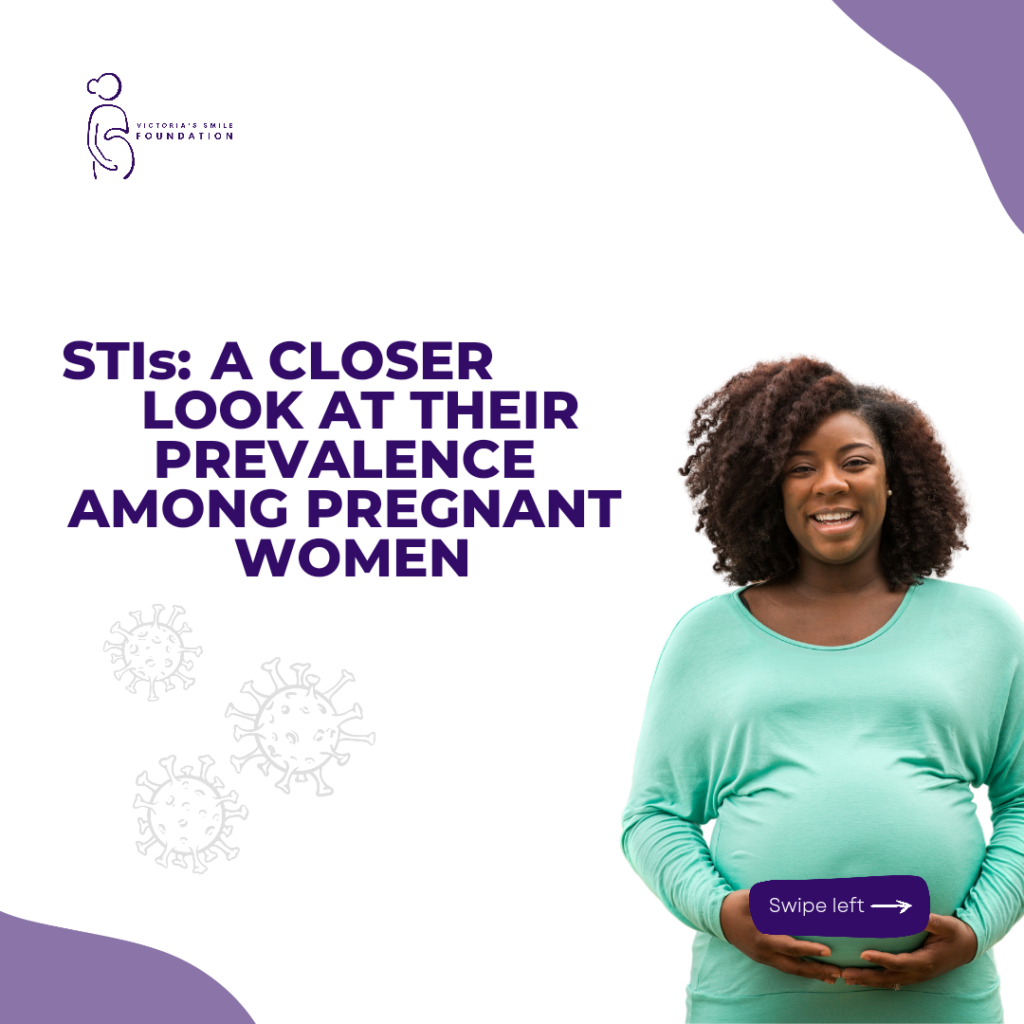Greetings, wonderful readers! We are thrilled to be back with you once more. Today, we will be wrapping up our discussion on the topic of Multiple Pregnancies, and as always, we are here to address any lingering questions you may have.
Let’s delve into how a multiple pregnancy can impact your risk of developing gestational diabetes. It’s important to note that women carrying multiples face a heightened risk of gestational diabetes. This condition not only increases the likelihood of preeclampsia but also raises the chances of developing diabetes mellitus later in life. Furthermore, newborns born from multiple pregnancies may encounter difficulties such as breathing problems or low blood sugar levels. Fortunately, the risk of these complications can be mitigated through a combination of dietary adjustments, exercise, and, in some cases, medication.
Moving on, let’s explore how a multiple pregnancy can influence the growth of the foetuses. Multiple pregnancies are more prone to encountering growth-related issues compared to single pregnancies. When one fetus significantly lags behind the others in terms of size, it is referred to as discordant growth. It’s important to note that discordant growth isn’t always indicative of a problem. However, in some instances, restricted fetal growth can be attributed to factors such as infection, twin-to-twin transfusion syndrome (TTTS), or complications with the placenta or umbilical cord. In cases where growth restriction is suspected in one or both fetuses, frequent ultrasound examinations may be conducted to closely monitor their growth progress.
Now, let’s turn our attention to how a multiple pregnancy can affect the delivery process. The likelihood of a cesarean section (C-section) is higher when it comes to delivering multiples. However, it’s worth mentioning that twins, for instance, can be delivered vaginally in some situations. The method of delivery is determined by various factors, including the number of babies, their respective positions, weights, and overall health, as well as your own health status and the progression of your labor. The expertise and guidance of your obstetrician-gynecologist (ob-gyn) also play a crucial role in determining the most suitable delivery approach.
Lastly, let’s address a common concern: Can you breastfeed if you have multiples? Absolutely, but like anything worthwhile, it may require a bit of practice. Your body will adjust to produce the right amount of milk for your babies. To support this process, it’s essential to maintain a nutritious diet and stay well-hydrated. Lactation specialists are readily available in many hospitals and within your local community to offer invaluable assistance if you encounter any challenges.
With that, we have concluded our series on Multiple Pregnancies. We hope you found this information enlightening and helpful. Join us next time for another exciting and informative topic. Until then, take care and goodbye for now!




